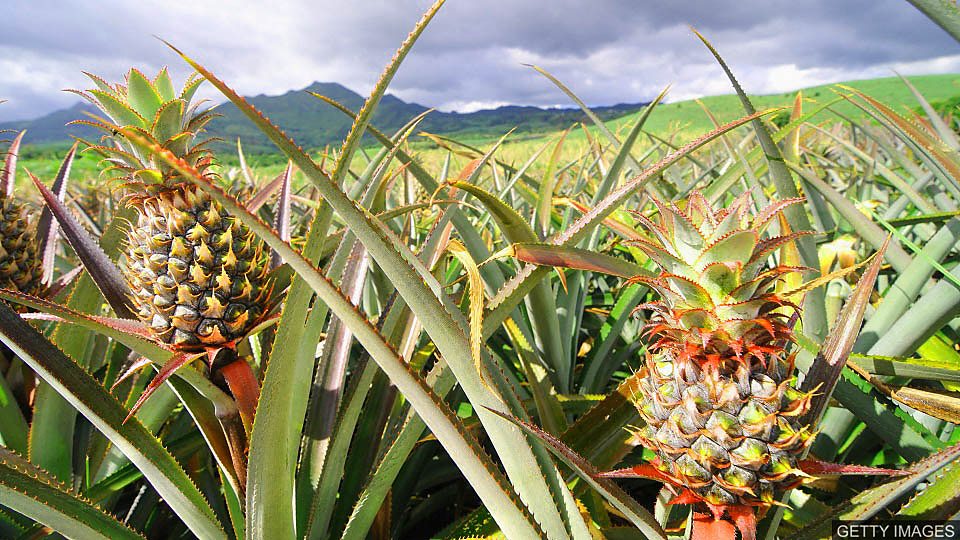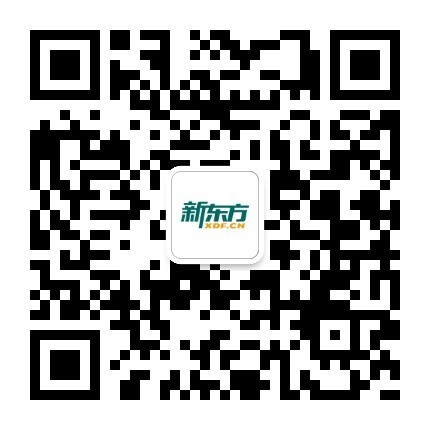本集内容
Turning pineapples into bags 用菠萝叶子做包包
学习要点
有关 “money(金钱)” 的词汇
边看边答
What does the reporter compare the feel of the pineapple leaf fabric to?
文字稿
Picking pineapples can be arduous, heavy work often with little reward. The price paid for each individual fruit is a fraction of a penny.
采摘菠萝可是一项苦差事,而且往往回报甚微。每个菠萝的价格仅是一便士的零头。
The leaves from pineapple plants are usually thrown away. A use for them has now been found, turning the leaves into fabric – which provides some extra income for workers.
菠萝的叶子通常会被扔掉。现在,人们发现了菠萝叶子的用途,把叶子变成布料,为劳动者提供额外的收入。
Ben Patton, designer for Materia Products
I think everybody was quite surprised that the fabric was made of pineapple. Because it doesn’t smell like pineapple, it’s not spikey, it's got a nice texture to it. So it’s quite an unusual thing to be working with.
本·巴顿 Materia Products 公司设计师
“我觉得每个人都很惊讶,布料是菠萝做的。因为它闻起来不像菠萝,不扎手, 摸起来也很舒服。所以这是一种很不寻常的面料。”
To make the fabric, fibres are extracted from the leaves. These get sent from the Philippines to Spain. Once there, machinists complete the process of turning them into a material which has been named 'Pinatex'.
为了制作这种面料,人们从树叶中提取纤维。这些树叶从菲律宾运到西班牙。等运到之后,机械师将它们制成一种叫做 “Pinatex” 的纤维面料。
An online shop based in Cambridge has begun using Pinatex to create handbags, satchels and purses.
位于剑桥的一家网店已经开始使用 Pinatex 制作手袋、背包和钱包。
And these are the finished bags. If you want one, they’ll set you back around 137 pounds. The texture is slightly crinkled – not too different to some leathers.
这些就是做好的成品。如果你想拥有一个,你就得花137英镑。质地有轻微的褶皱,与某些皮革没有太大的区别。
As manufacturers become more confident using the material, it’s hoped more items will be made out of it in the future, making use of pineapple leaves that were otherwise destined to be wasted.
生产商对这种材料的使用越来越有信心,他们希望未来能利用这种材料生产出更多的产品,有效地使用菠萝叶子,让那些原本会枯萎凋零的叶子重获新生。
词汇
reward 报酬,回报
penny 便士(英镑中最小的辅币单位)
income 收入
purses 女士钱包
set you back ……让你破费
问题答案
The reporter compares its feel to some types of leather.


 3342次下载
点击下载
3342次下载
点击下载
 2621次下载 点击下载
2621次下载 点击下载
 4734次下载 点击下载
4734次下载 点击下载
 1854次下载 点击下载
1854次下载 点击下载
 1391次下载 点击下载
1391次下载 点击下载
 1391次下载 点击下载
1391次下载 点击下载











